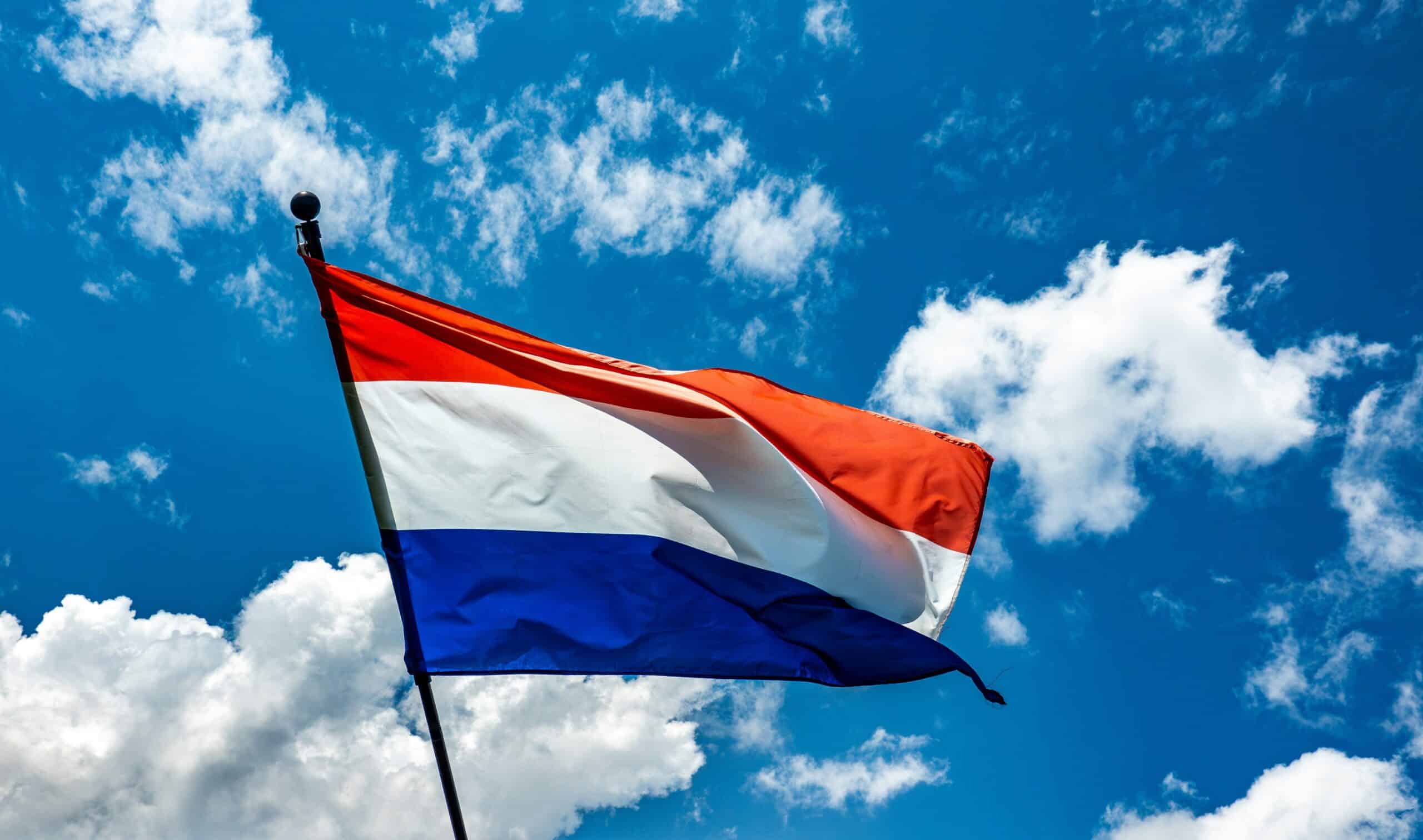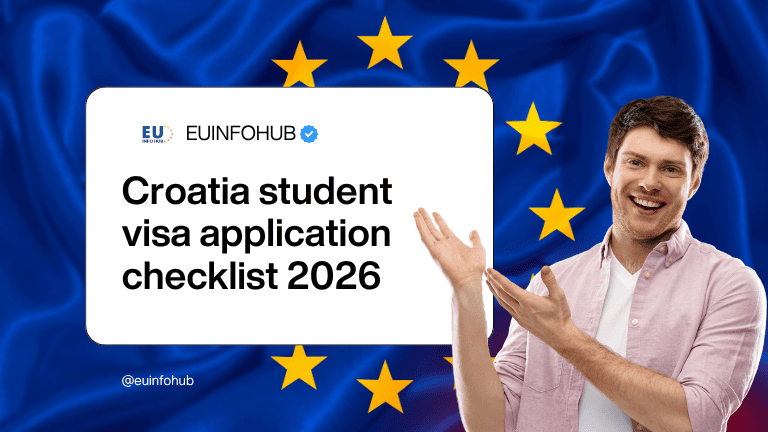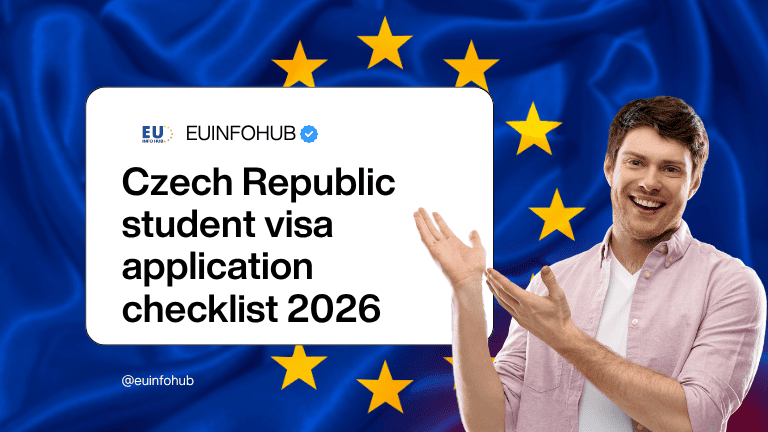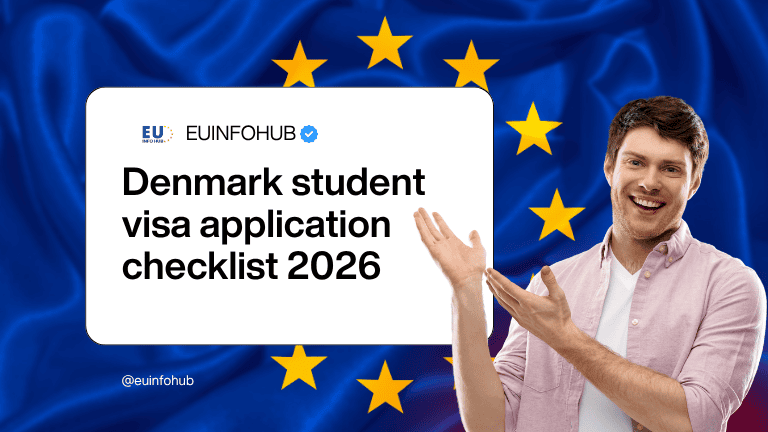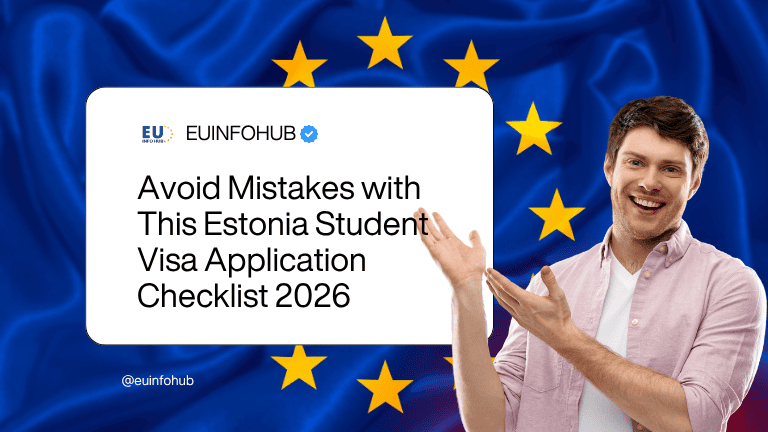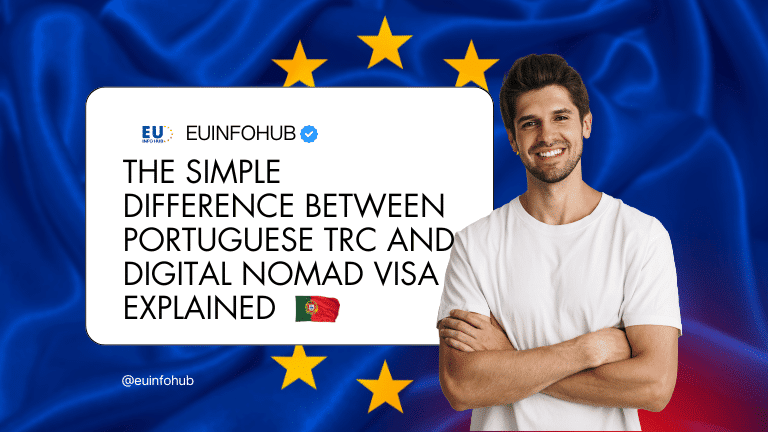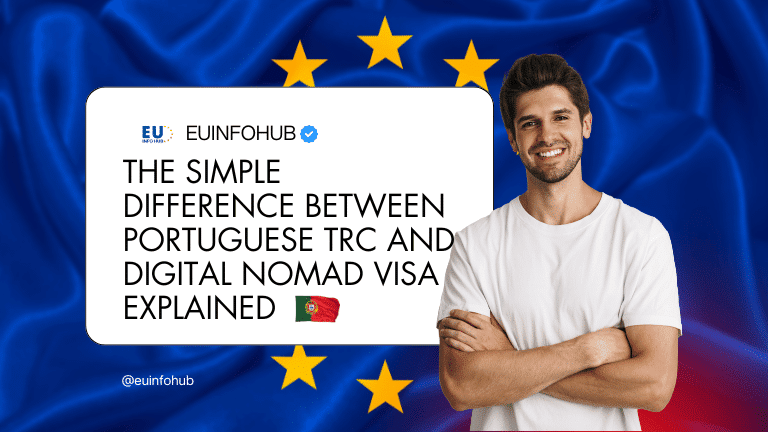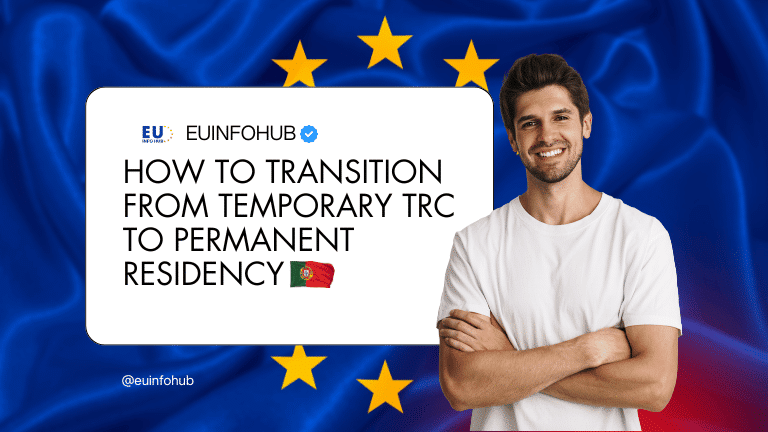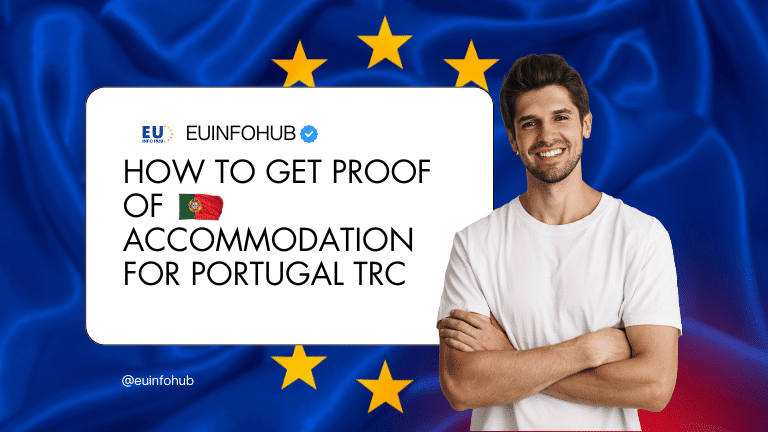Understand visa types
When you plan to study in the Netherlands, you need to figure out which permit fits your stay. Wondering which student visa type applies to your program? This section breaks down the options.
Short-stay vs long-stay
- Short-stay student visa covers programs under 90 days, like summer schools.
- Long-stay visa works for degree programs up to five years, including bachelor’s or master’s.
MVV and VVR explained
The visa process has two steps:
- MVV (entry visa) lets you step into the Netherlands.
- VVR (residence permit) lets you live there for your entire program.
Your Dutch institution usually sponsors both through the IND (Immigratie en Naturalisatiedienst).
| permit | purpose | processing time |
|---|---|---|
| MVV | Entry authorisation | ~60 days (MetaApply) |
| VVR | Residence during studies | ~2 weeks after MVV approval |
Check eligibility criteria
Before gathering documents, confirm you meet the basics to avoid delays.
Secure admission letter
You must have an unconditional acceptance letter from your Dutch university or college. The institution uploads it to the IND system, kicking off your application.
Verify passport validity
Your passport needs at least six months left after your planned arrival date. If it’s expiring soon, renew it first.
Meet language requirements
Most programs ask for an English test like IELTS (5.5–6.0 for undergrad, 6.5+ for postgrad) or TOEFL. Confirm with your school.
Gather required documents
A solid stack of paperwork speeds up your student visa process. Use this checklist as your guide.
- Completed and signed Netherlands visa application form
- Valid passport with blank pages
- Two passport-style photos (35×45 mm) on white background
- Admission letter from the institution
- Academic transcripts and diplomas
- Proof of English proficiency
- Proof of financial means (see next section)
- Health insurance confirmation
- Tuberculosis test result (if required by your home country)
- CV or study plan (some programs ask for it)
Keep originals and two sets of photocopies in a neat folder.
Prove financial sufficiency
You’ll need to show you can cover living costs of at least €1,448.58 per month (Studies Overseas). Here’s how:
| option | description | requirements |
|---|---|---|
| Personal savings | Deposit 12× study norm in your bank account | Freely withdrawable balance, max 3 months old statement (IND) |
| Institutional deposit | Your school holds funds and issues a statement | Copy kept by the institution |
| Company sponsorship | Employer or sponsor deposits funds for 12 months | Statement of financial support, under 3 months old |
Personal savings deposit
You transfer 12 months of the study norm into your account and submit the bank statement to IND. Make sure it shows you can freely use the money.
Institutional guarantee
If your school offers to hold the funds on their account, they’ll provide a stamped statement for IND.
Company sponsorship
A company can support you by depositing the study norm, backed by a “Statement of financial support (company).”
Sort your health insurance
Health coverage is mandatory while you study in the Netherlands. Choose the right plan based on your status.
Private vs public
- Study only (non-EU/EEA): buy private insurance from your home country, or a Dutch-approved plan.
- Paid internship or job while studying: you must switch to Dutch public insurance under the Wlz scheme (Study in Holland).
EU/EEA card
EU/EEA and Swiss nationals can use the European Health Insurance Card (EHIC) for necessary medical costs.
Internship coverage
If your internship pays at least the Dutch minimum wage, you automatically fall under the Wlz public insurance.
Submit your application
Timing and precision here keep you on track for a smooth start.
Application timeline
Aim to apply between three to six months before your course starts.
- MVV decision: ~60 days
- VVR delivery: ~2 weeks after MVV
For quick tips, check our step by step guide for student permit.
Online vs in-person
- Submit your application via your university’s portal
- Pay visa fees (approx €50, often covered by your school)
- Schedule a biometrics appointment at the Dutch embassy or consulate
- Attend interview and hand in originals
Biometrics and interview
During your embassy visit, you’ll:
- Provide fingerprints and photo
- Show original documents
- Answer basic questions about your study plan
Prepare for visa interview
A bit of prep goes a long way. You’ll feel calm and confident on the big day.
Common questions
- Why did you choose this program?
- How will you fund your studies?
- What are your post-graduation plans?
Preparation tips
- Review your application and personal statement
- Carry extra copies of key documents
- Dress neatly and arrive early
Finalize post-arrival steps
Once your VVR is glued into your passport, you’re almost set.
Register with municipality
Within five days of arrival, sign up at your local gemeente (municipal office). You’ll get your BSN (citizen service number) needed for many services.
Open a bank account
With your BSN and passport, open a Dutch bank account to pay rent, handle tuition, and receive any payments.
Apply for healthcare benefit
If you have Dutch public insurance, check if you qualify for zorgtoeslag (healthcare allowance) through the Dutch Tax Office.
Avoid common mistakes
Stumbling here can cost weeks. Stay on guard.
Missing deadline
Late applications often get rejected. Set calendar reminders for each step.
Incomplete documents
One missing signature can stall your file. Double-check every form and photo specification.
Incorrect financial proof
Make sure your bank statements clearly show the study norm and that funds are freely available. For more pitfalls, see common mistakes on student visa applications.
Plan your arrival
A little planning keeps your first weeks stress-free.
Travel booking
Buy your flight only after you have your MVV. Compare train and bus options if you land in a nearby country.
Finding housing
Look for student rooms (kamer) on official platforms or through your institution. Temporary Airbnb or hostels work for the first week.
Further reading
- Explore general student visa application checklist
- Check other country guides, like Belgium student visa application checklist 2026
- Learn about student permits across Europe
Key takeaways
- Understand whether you need an MVV, a VVR, or both.
- Gather and organize every document, from acceptance letters to bank statements.
- Pick the right health insurance and meet deadlines.
- Prepare for your embassy interview with documents and practice.
- Register locally, open a bank account, and apply for healthcare allowance once you arrive.
You’ve got this! Start ticking off items on your Netherlands student visa application checklist for 2026, and share your experience or questions in the comments below.

